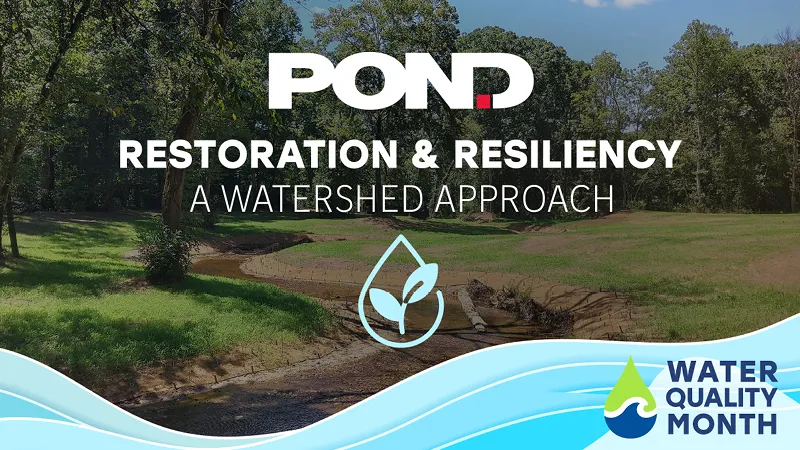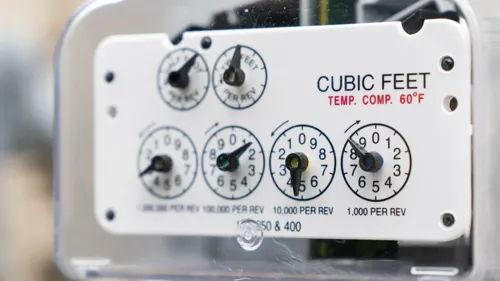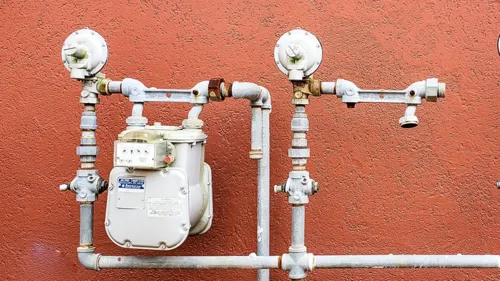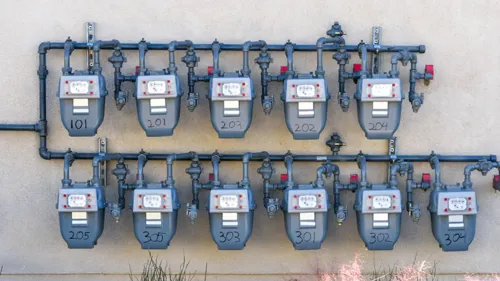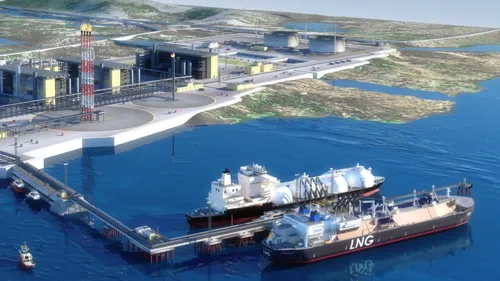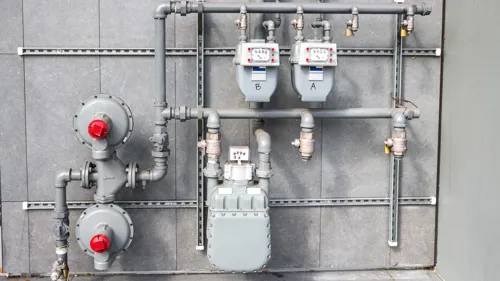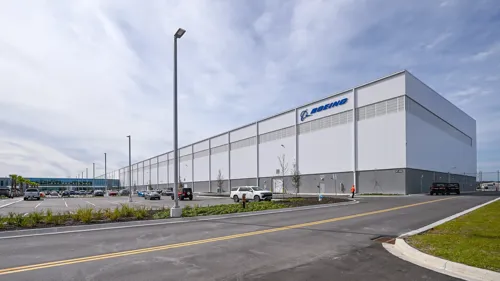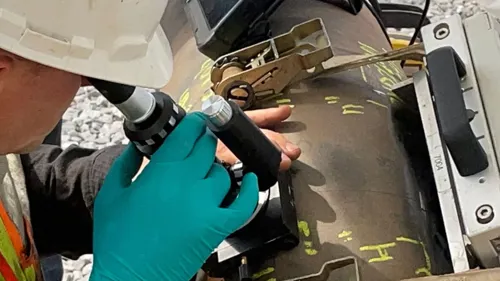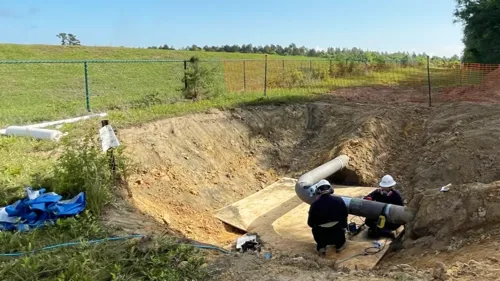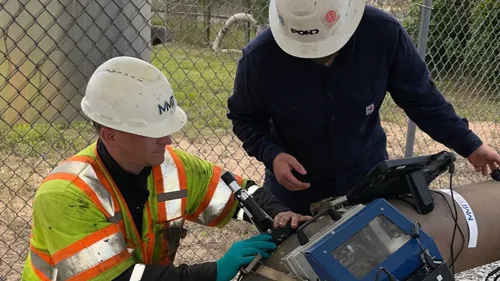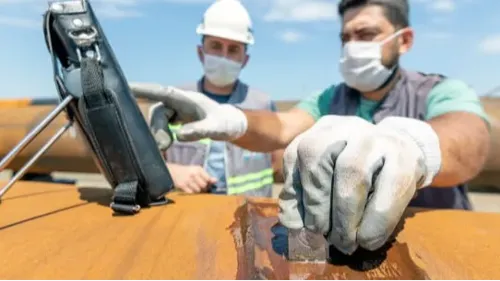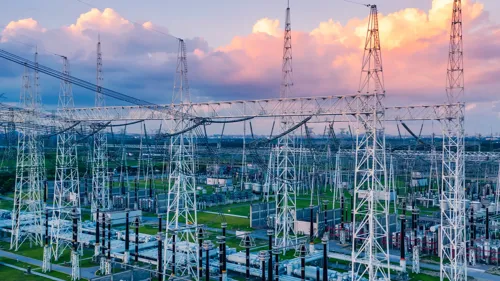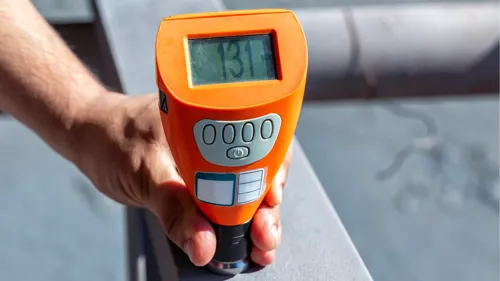Asset Integrity in Commercial Aviation Fueling: Engineering Safety, Performance, and Compliance

Introduction
Successful aviation operations rely on a complex network of storage tanks, aboveground and underground piping, specialized filtration and pumping systems, control valves, and monitoring instrumentation, all working together in harmony. These systems are meticulously maintained and must align with strict industry standards, including ASME, A4A, FAA, API, DOT, NFPA, IATA, CFR, and EPA, among others. As these assets age, their continued performance and compliance are imperative. Pond's asset integrity program delivers comprehensive inspection, analysis, and design services that keep fueling systems operational and safe to extend service life.
What Is Asset Integrity in Aviation Fueling?
Asset integrity encompasses the engineering practices and lifecycle strategies used to verify that every component of a fueling system performs as intended throughout its service life. This includes:
- Non-destructive testing (NDT) such as ultrasonic thickness measurements, phased array ultrasonic testing, guided-wave testing, magnetic particle (MT) testing, dye penetrant (PT) testing, and holiday detection for API 653 (tanks), API 510 (pressure vessels), and API 570 (piping).
- Stress and corrosion modeling using data collected from inspections.
- Risk-based assessments to prioritize inspection and remediation.
- Coating Condition Surveys provide a snapshot of facility coatings and offer a programmatic approach to coating repair and/or replacement.
- Cathodic Protection (CP) surveys to confirm all corrosion protection systems are functioning as intended and providing adequate protection.
These techniques enable Pond’s engineers to diagnose asset degradation and recommend repairs that restore system reliability without unnecessary and costly replacements.
Asset Integrity Across the Aviation Fueling Lifecycle
Asset integrity plays a critical role in aviation from the earliest stages of infrastructure planning through to decommissioning. In the design phase, engineers incorporate materials, coatings, and system layouts that minimize corrosion risk, ease inspection access, and comply with industry guidelines. During construction and commissioning, integrity specialists validate installation quality: verifying welds, coatings, and pressure tolerances through NDT and hydrostatic testing.
Once the systems are operational, routine integrity monitoring checks are performed to make sure all components perform as intended. This includes scheduled ultrasonic thickness testing, CP monitoring, leak detection, and real-time data logging via smart sensors. If anomalies are detected, engineers can intervene before failures occur. In later phases of the lifecycle, asset integrity data informs rehabilitation strategies or end-of-life decisions, allowing operators to extend usability or safely decommission assets.
This continuity of oversight, from planning through performance and reinvestment, keeps fueling systems safe, operational, efficient, and compliant while extending service life.
Case Study: Restoring Fueling Capacity at a Major West Coast Terminal
At a large fueling terminal on the West Coast, Pond was engaged to assess three aboveground storage tanks that had been out of service for decades. With growing demand and limited capacity, the facility needed to determine whether these assets could be safely and economically returned to operation.
Pond performed an API 653 inspection with a full suite of testing services, combining visual examination, ultrasonic thickness testing, magnetic flux leakage scanning, and 3D laser modeling to evaluate structural integrity and observed corrosion. Combining these inspections with coating evaluations and a fitness-for-service assessment, this multi-layered approach enabled a comprehensive understanding of each tank’s condition while streamlining the path from data collection to engineering decisions.
These findings led to a targeted repair strategy that included localized steel replacement, coating restoration, and reactivation of corrosion protection systems. This approach allowed the client to safely restore over 500,000 gallons of usable storage, enhancing operational flexibility, avoiding costly replacements, and supporting long-term fueling reliability with confidence in the tanks’ structural and hydraulic integrity.
Pond’s Comprehensive In-House Capabilities
Pond’s asset integrity expertise spans over 25 AMPP-certified corrosion engineers, 18 API inspectors (including 510, 570, 653, and 1169), coatings specialists, metallurgists, and non-destructive evaluation experts. This multidisciplinary team provides end-to-end support: from initial condition assessments and regulatory compliance audits to detailed inspection reporting and turnkey remediation design packages.
Integrating these disciplines into a single platform accelerates the transition from problem identification to solution implementation, minimizing operational downtime and ensuring technical accuracy. A proactive integrity program offers multiple operational benefits: it reduces the likelihood of unplanned outages, supports accurate lifecycle cost forecasting, and ensures compliance documentation is ready for audit at any time.
By quantifying remaining service life and pinpointing repair needs, airports can prioritize investments, avoid emergency maintenance costs, and maintain uninterrupted fueling operations. To learn how Pond’s aviation integrity services can enhance your commercial aviation fueling program, visit Pond’s Asset Integrity and Aviation Fueling pages.



